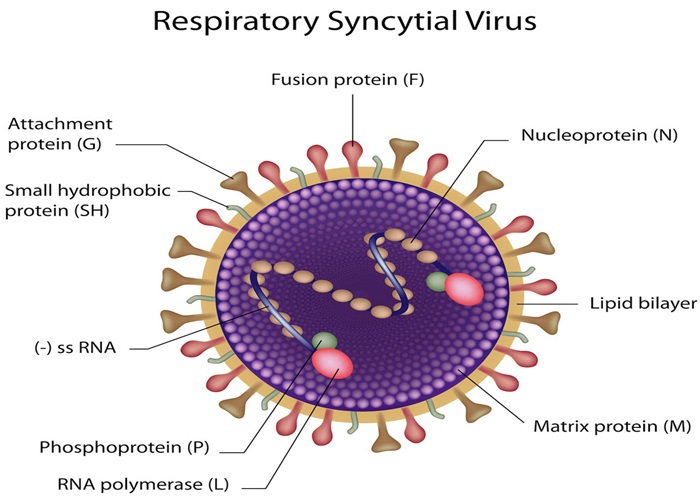Many parents and caregivers are understandably concerned about how a common cold can sometimes take a more serious turn and become RSV. Here’s what you need to know.
A cold is usually caused by a variety of viruses, with rhinoviruses being the most common culprits. It typically affects the upper respiratory tract, causing symptoms like a runny nose, sneezing, and a mild cough. On the other hand, RSV (respiratory syncytial virus) is a different virus that can affect both the upper and lower respiratory tracts. It can lead to more severe symptoms, especially in young children, the elderly, and those with weakened immune systems.
When a person has a cold, the respiratory tract is already inflamed. The body’s immune response to the cold virus weakens the natural defenses of the airways. The nasal passages, throat, and bronchial tubes are all affected. This inflammation creates an ideal environment for other viruses, including RSV, to invade and multiply. The damaged cells in the respiratory tract from the cold virus make it easier for RSV to attach and enter.
During a cold, the immune system is busy fighting off the cold virus. But sometimes, this response can be overwhelmed, especially if the person is already at risk. The immune system may not be able to effectively prevent RSV from establishing an infection. Additionally, the immune response to the cold can sometimes cause the airways to produce more mucus. This excess mucus can trap RSV particles, allowing them to linger in the respiratory tract and cause further infection.
Certain factors increase the likelihood of a cold turning into RSV. Young children, particularly those under 2 years old, have underdeveloped immune systems and smaller airways, making them more vulnerable. Premature babies are at an even higher risk. Exposure to large numbers of people, such as in daycare settings or during cold and flu seasons, also raises the chances. If a child has other underlying health conditions like asthma or a heart defect, they are more likely to progress from a cold to RSV.
Preventing the spread of both colds and RSV is crucial. Simple measures like frequent handwashing, avoiding close contact with sick people, and covering the mouth and nose when coughing or sneezing can help. If a cold seems to be getting worse or is accompanied by new symptoms like wheezing, rapid breathing, or a high fever, it’s important to seek medical attention. Early detection of RSV can lead to more effective treatment and better outcomes.
In conclusion, understanding how a cold can turn into RSV empowers us to take better preventive measures and be vigilant for signs of a more serious condition. By protecting the most vulnerable among us and being aware of the risks, we can hopefully reduce the impact of these respiratory infections.
Read more
- The Culprits Behind Cold Sores: Unveiled
- The Dash Diet: Your Guide To A Nutrient
- Intense Itching At Night? Key Signs You May Have Scabies


